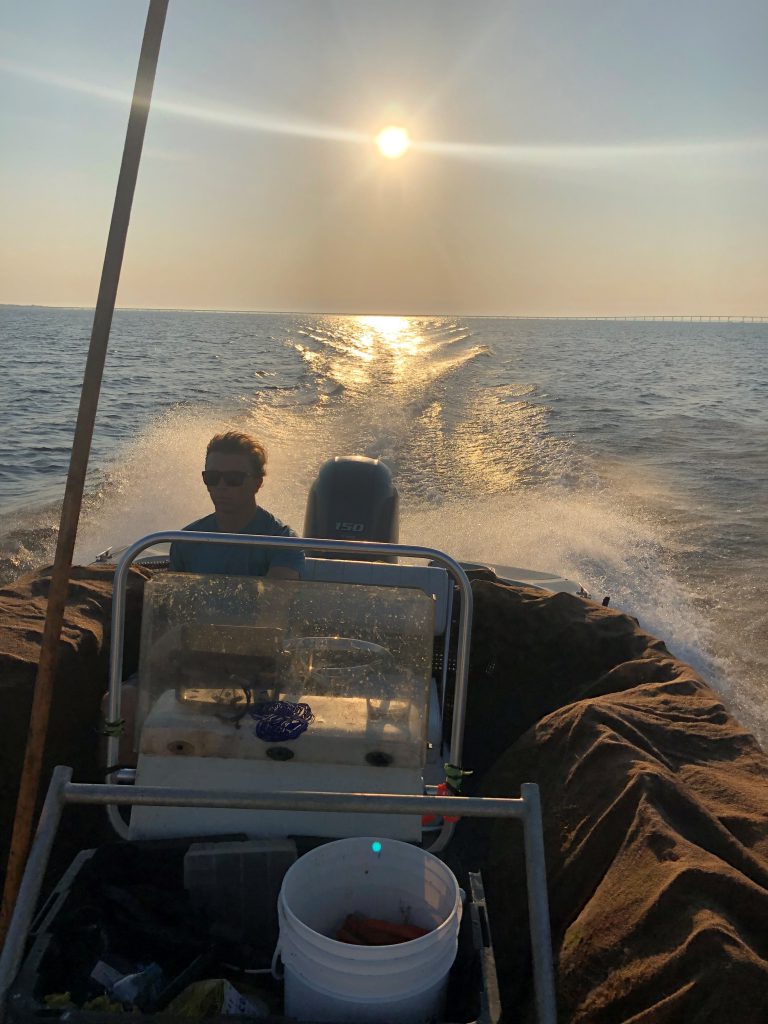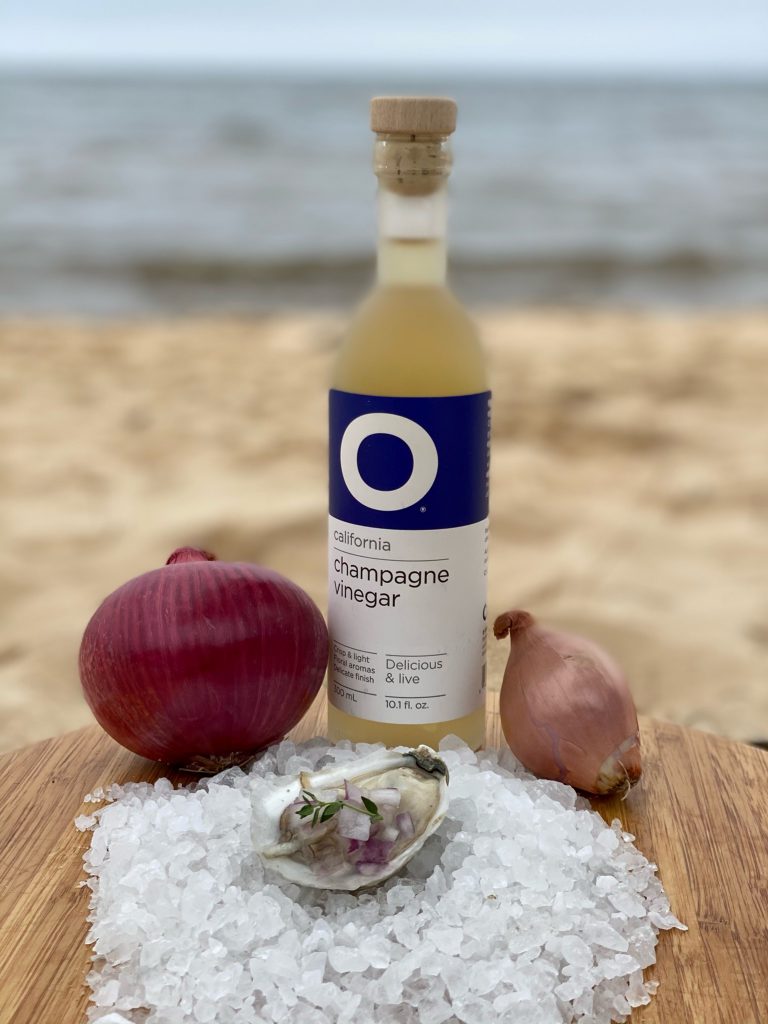Growing up in the South, I was exposed to many “Old Wives’ Tales,” ranging from not cleaning your house or clothes on New Year’s Day to the one that everyone, including the northern states, knows, “don’t consume oysters in months without an R.” While most “tales” are full of superstition, the “R” tale was one of biosecurity, and was mainly truthful until two new types of “R” came about; Regulations and Refrigeration. The tale came about due to the rise in food poisonings from shellfish in the warmer summer months that do not contain a “R,” such as June and July. The rise in food poisoning came about from the practices used by the oyster “tongers” at the time. Commercial harvest of wild oysters is a very labor-intensive job that requires long days on the water and constant tonging, measuring, and sorting of oysters as they come off the bottom. During the summer, the oysters would sit on the deck of the boat for hours in the heat, causing microorganisms and bacteria to flourish inside the closed oyster. Bacteria, like Vibrio, would replicate to harmful levels inside of the oysters and when consumed by a human, could cause life-threatening illnesses.
That was then, and this is now. While the consumption of wild Florida oysters during the summer is not allowed (closed harvest season for wild oysters during the summer in Florida), you can still find oysters from all over the US, and farmed oysters from Florida are still allowed to be consumed during the summer. Biosecurity is a major factor involving food production and aquaculture, and without biosecurity, the consumption of Florida-farmed oysters would be prohibited. Oyster farmers in Florida must follow a very rigorous biosecurity plan that includes State-issued harvest times, water-to-refrigeration requirements, reporting of harvest and planting, and twice-daily temperature monitoring requirements. The regulations for harvest times and refrigeration requirements have scientific backing, showing a statistical difference in Vibrio concentrations between properly handled oysters and neglected oysters, with properly handled oysters having little to no concentrations of Vibrio. For instance, during the summer months, oyster farmers must have oysters harvested and in the cooler before 11am and down to 45°F within 2 hours of storing in cooler.

While there is an increased concentration of harmful bacteria during these warmer months, properly cared-for oysters help limit the growth and proliferation of the bacteria. Another myth is that Vibrio doesn’t exist in cold, winter waters. Vibrio can exist year-round, and people with health risks, including immune-suppressed patients and those with diabetes, should exercise extreme caution when consuming raw seafood. When purchasing seafood for personal consumption, make sure to bring a cooler with ice and place your seafood above the ice, making sure to not allow any fresh water to touch the seafood. When storing seafood at home, make sure they are in a container that can breathe, and cover with a moist paper towel to keep their gills wet. Oysters are typically good for 10-14 days after the harvest date, so make sure you check the tags and consume within time.
Next summer, when you see farmed oysters on the menu, remember the new R’s and order a couple dozen for the table. The need for support from your local oyster farmer is most needed during those months without R, so slurp them down all summer and thank your local oystermen and women!

Easy French Mignonette Recipe
Recipe for 2doz Oysters
¼ cup Red Wine Vinegar
¼ cup Champagne Vinegar
1 tablespoon of Finely Chopped Shallot
1 teaspoon of Fresh Crushed Black Pepper
Juice of ½ Lemon
Combine all ingredients together. Spoon over shucked, chilled raw oysters.
- Aquaculture 101: Aquaculture in The USA - May 12, 2025
- Aquaculture 101: The History of Aquaculture - April 25, 2025
- A Northwest Florida Winter Wonderland - January 31, 2025
